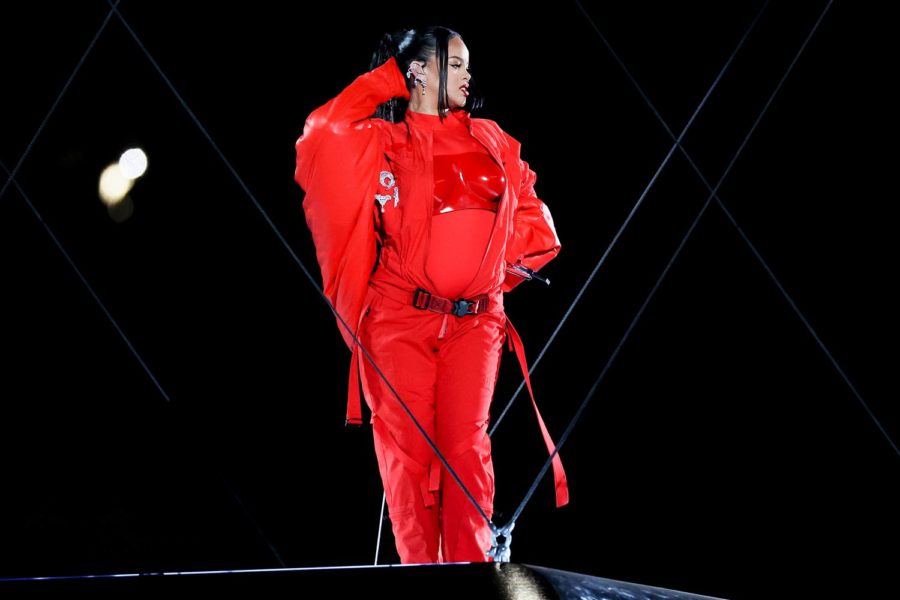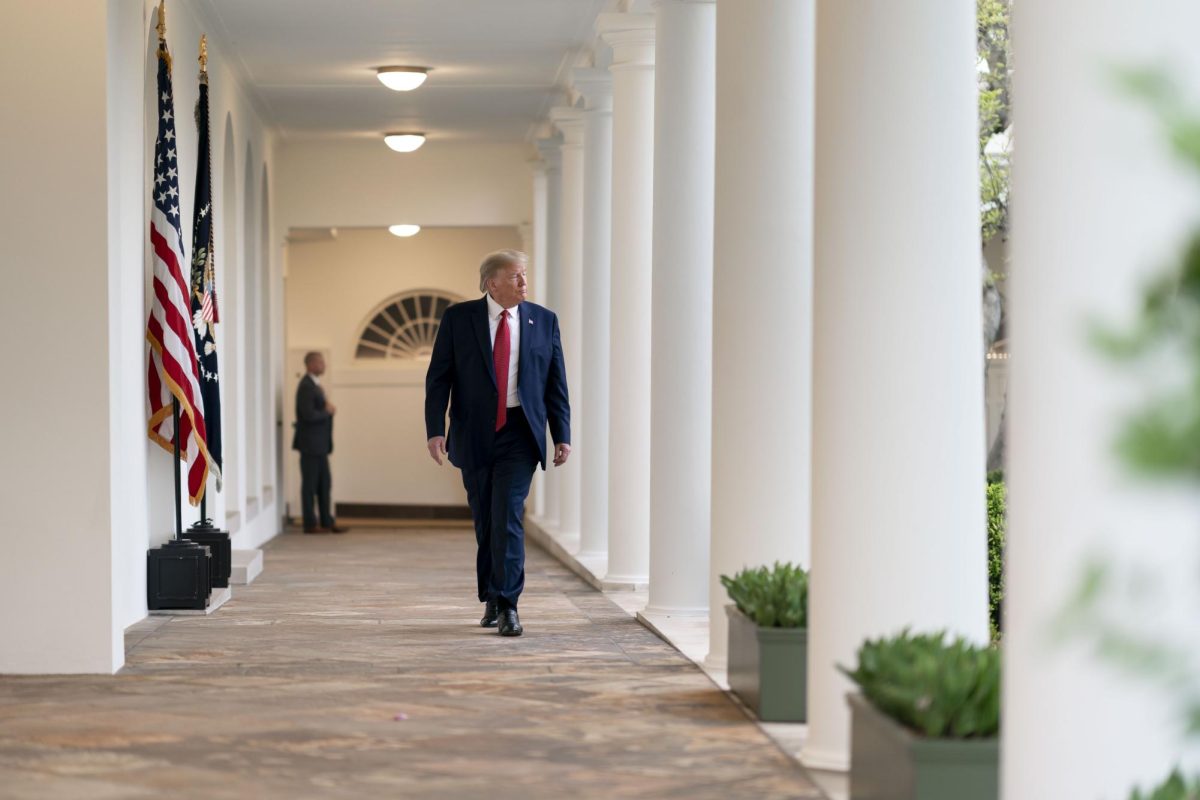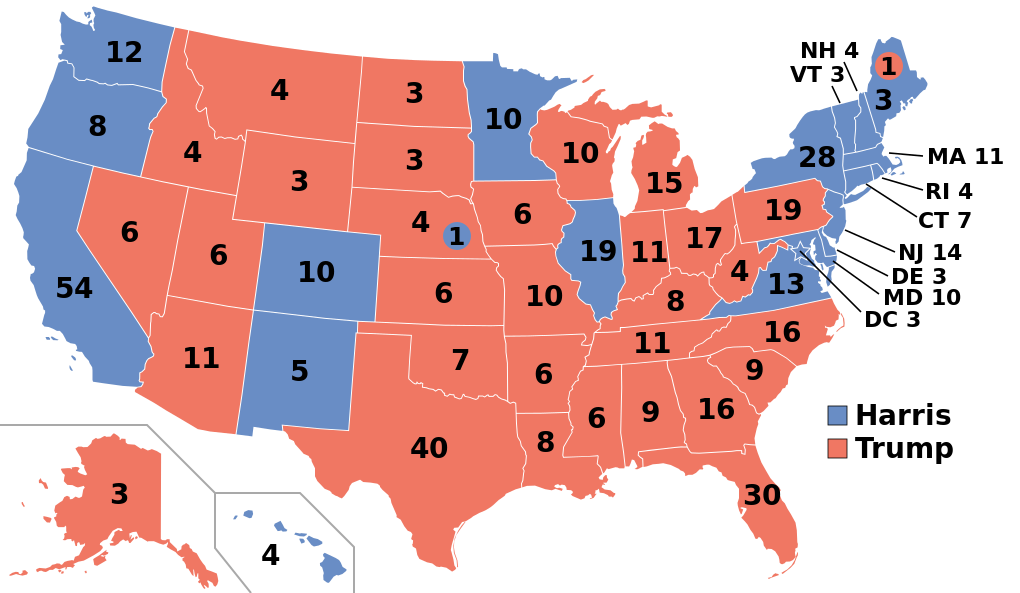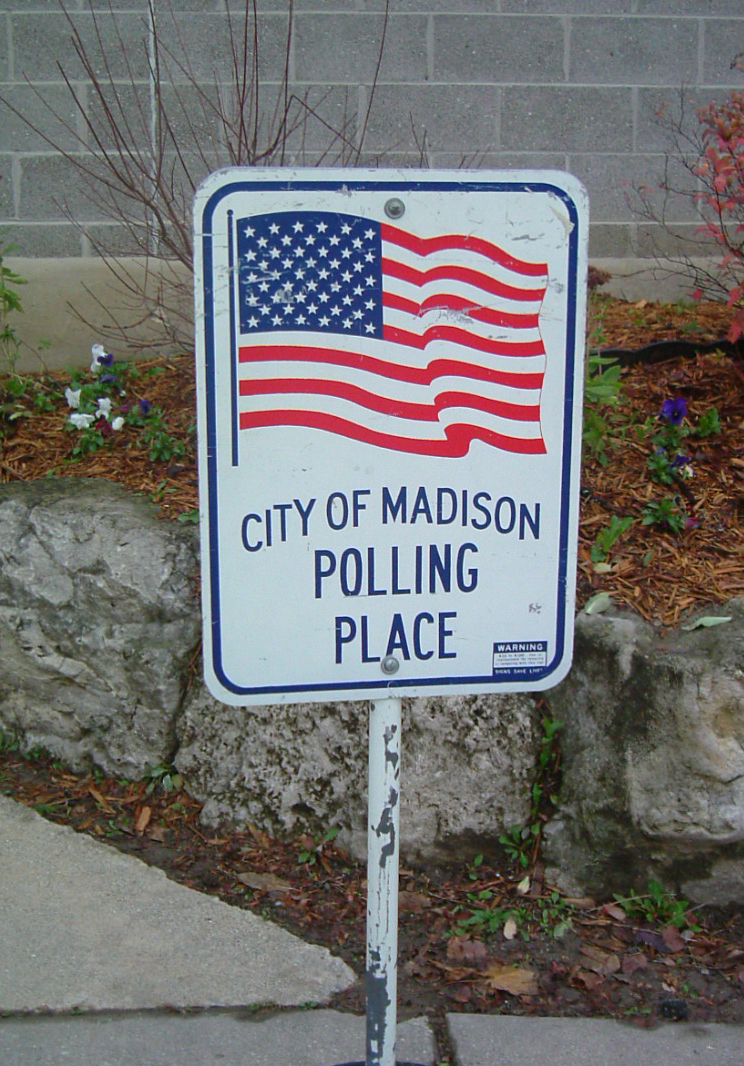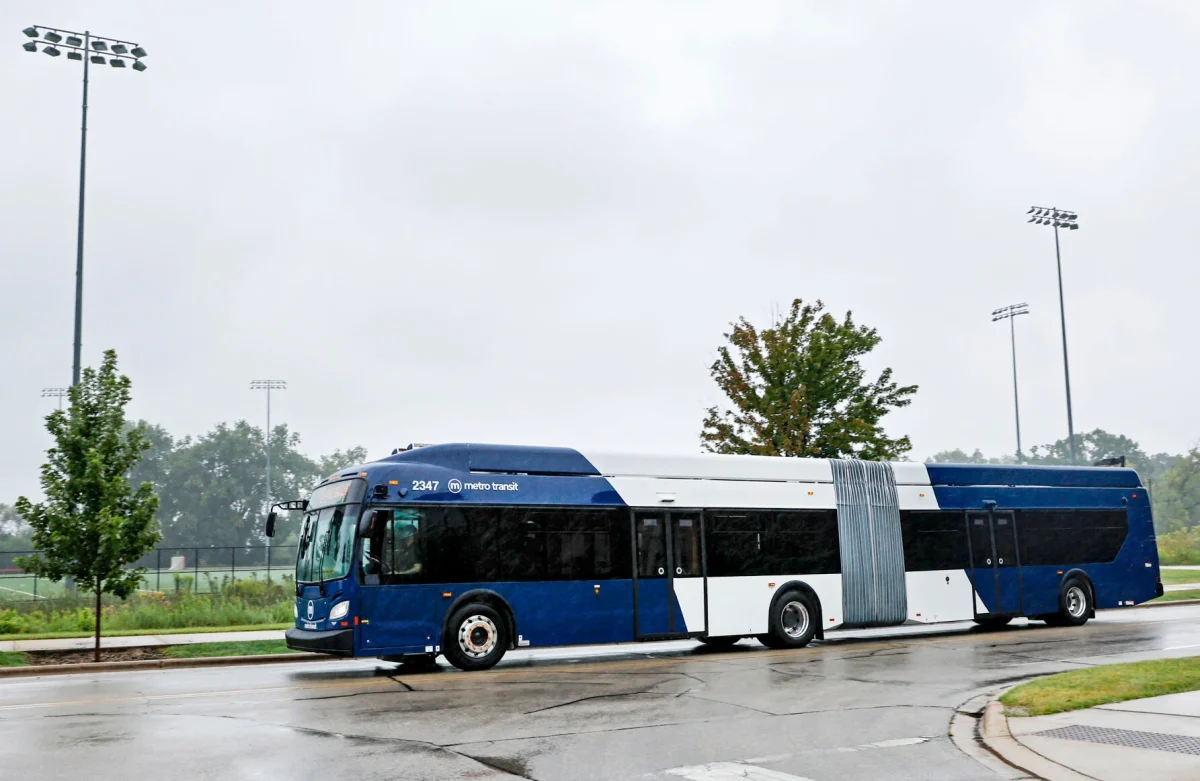Threats Targeting U.S. Congress Members on the Rise
November 22, 2022
Across partisan lines, members of the U.S. Congress are receiving an increasing number of confrontations and threats by members of society, especially following the events of January 6th, 2021. Especially during a lead-up to midterm elections in early November this year, fear began to increase among lawmakers as threats of violence and vandalism ran rampant. Following the start of the Trump Administration after the 2016 election, violent political rhetoric increased to over ten times its previous rate, according to Capitol Police, with a reported 9,625 threats reported during 2021 alone, followed by 1,820 cases in the first quarter of this year. Of these threats, however, less than 100 arrests were made due to the majority of them coming from individuals with mental illness, as according to Tim Barber, a police spokesperson, “the goal is to de-escalate this behavior.”
While the split of Congress member threats does extend to both Democrats and Republicans, there is a disparity among certain demographics. In terms of a partisan divide, over one-third of threats were made against Democrats by Republicans, MAGA or otherwise, a fourth was made against Republicans by Democrats, and the rest did not have an identifiable party of origin.
Some of this incongruity is identifiable by the amount of official or campaign money Congresspeople are spending on personal security. For instance, as Democrats are receiving slightly higher threat rates, the amount Congress members spent was about $9,000 more than their Republican counterparts did. Also, investigators of January 6th paid about $5,000 more, and a large racial disparity contributed to Hispanic, Black, AAPI, and Native American representatives spending about $17,500 more than white members of Congress.
Specific members of the Legislative Branch are being targeted too, with Republican Representative Liz Cheney of Wyoming paying nearly $70,000 for security since January 6th, Democratic Representative Cori Bush of Missouri, a Black woman who paid around $400,000, and Republican Senator Ted Cruz of Texas with $600,000. To top this group off, however, is Democratic Senator Raphael Warnock of Georgia, who spent $900,000 on security, as he is one of the three black men currently in the Senate.
Although the January 6th insurrection at the U.S. Capital prompted further security, such as officers wearing everyday clothing near policymakers and armored vehicles, gaining support from the Capitol Police Force has been somewhat difficult for Congresspeople. For example, Congresswoman Ocasio-Cortez, one of the most threatened members of the House other than House Speaker Nancy Pelosi and Representative Ilhan Omar, waited over two and a half years to get additional support from police, which was eventually prompted by a particularly threatening tweet. This prompted Ocasio-Cortez to create her own security system, spending about $120,000 and also creating a personal document of those who have threatened her in order to report or avoid those individuals. Ocasio-Cortez has also noted that security might become an increasing problem for younger members, people of color, or Congresspeople who aren’t as wealthy.

These threats and manifestations through physical violence reached somewhat of a culmination recently with the October 28th, 2022 attack on Paul Pelosi, Democratic Speaker of the House Nancy Pelosi’s husband. Early that Friday morning, suspect David DePape, a 42-year-old entered the Pelosi home and approached Mr. Pelosi, yelling “Where is Nancy? Where is Nancy?” according to a source originating in law enforcement. However, when initially encountering the man before getting tied up, Pelosi called 911, leaving the line open in order for the dispatcher to hear his conversation, while making it blatantly obvious that he needed help, considering that DePape had a hammer. Shortly thereafter, at 2:27 a.m. San Francisco police arrived at the residence, at which point a “violent assault” on Mr. Pelosi occurred with the hammer before officers were able to arrest DePape. Paul Pelosi was badly injured following the assault and was transported to the hospital, receiving a “successful surgery to repair a skull fracture and serious injuries to his right arm and hands,” according to Drew Hammill, a spokesperson for Nancy Pelosi.
While security details are in place for members of Congress, especially high-priority individuals, such as Nancy Pelosi, these do not extend to family members of the Congressperson when they are away. At the time of the attack, Nancy Pelosi was not at home, but rather in Washington D.C., and was woken up early to hear the news. The incident has, however, prompted bipartisan support for both the Pelosi family, and condemned intense political rhetoric and division that has contributed to similar attacks. President Biden called the act “despicable,” while Vice President Harris recalled when the U.S. “appreciated that it is the diversity of opinions that will lead us to progress, to smart decisions,” during a rally in Baltimore, criticizing the partisan divide that has expanded in recent years. Republican representatives also chimed in, as Republican Rep. James Comer of Kentucky concurred with Harris that a reduction of partisan bias is needed in politics, along with Mitch McConnell, the Senate GOP leader, tweeting that he was “horrified and disgusted” by the assault.
While the assault on Paul Pelosi may result in an increased push for tighter security of Congress members, as has been asked for by those individuals, partisan divides in politics continue to create animosity for some against certain Representatives and Senators, contributing to increased threats and intimidation.
























